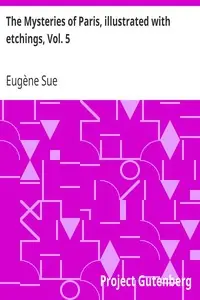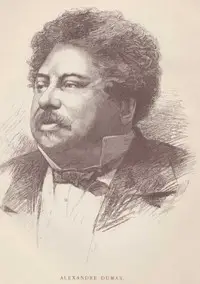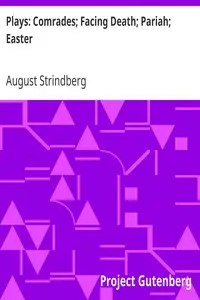"There Are Crimes and Crimes" by August Strindberg is a play that unravels the tangled web of human morality and relationships in 19th-century Paris. It centers on Maurice, a playwright caught between his love for Jeanne and their daughter Marion, and his burning desire for professional success. The story begins in a cemetery and then progresses to explore the shadowy areas of faith, love, and societal expectations. As Maurice teeters on the edge of fame, he battles inner demons and makes choices that challenge his values, bringing turmoil to his family. Through sharp dialogue and complex characters, Strindberg crafts a comedy that lays bare the hidden crimes people can commit against themselves and each other.

There Are Crimes and Crimes
By August Strindberg
In a Parisian world of ambition and secret desires, a playwright's rise to success forces him to confront the crimes lurking beneath the surface of love and morality, threatening everything he holds dear.
Summary
About the AuthorJohan August Strindberg was a Swedish playwright, novelist, poet, essayist, and painter. A prolific writer who often drew directly on his personal experience, Strindberg wrote more than 60 plays and more than 30 works of fiction, autobiography, history, cultural analysis, and politics during his career, which spanned four decades. A bold experimenter and iconoclast throughout his life, he explored a wide range of dramatic methods and purposes, from naturalistic tragedy, monodrama, and historical plays to his anticipations of expressionist and surrealist dramatic techniques. From his earliest work, Strindberg developed innovative forms of dramatic action, language, and visual composition. He is considered the "father" of modern Swedish literature and his The Red Room (1879) has frequently been described as the first modern Swedish novel. In Sweden, Strindberg is known as an essayist, painter, poet, and especially novelist and playwright, but in other countries he is known mostly as a playwright.
Johan August Strindberg was a Swedish playwright, novelist, poet, essayist, and painter. A prolific writer who often drew directly on his personal experience, Strindberg wrote more than 60 plays and more than 30 works of fiction, autobiography, history, cultural analysis, and politics during his career, which spanned four decades. A bold experimenter and iconoclast throughout his life, he explored a wide range of dramatic methods and purposes, from naturalistic tragedy, monodrama, and historical plays to his anticipations of expressionist and surrealist dramatic techniques. From his earliest work, Strindberg developed innovative forms of dramatic action, language, and visual composition. He is considered the "father" of modern Swedish literature and his The Red Room (1879) has frequently been described as the first modern Swedish novel. In Sweden, Strindberg is known as an essayist, painter, poet, and especially novelist and playwright, but in other countries he is known mostly as a playwright.












